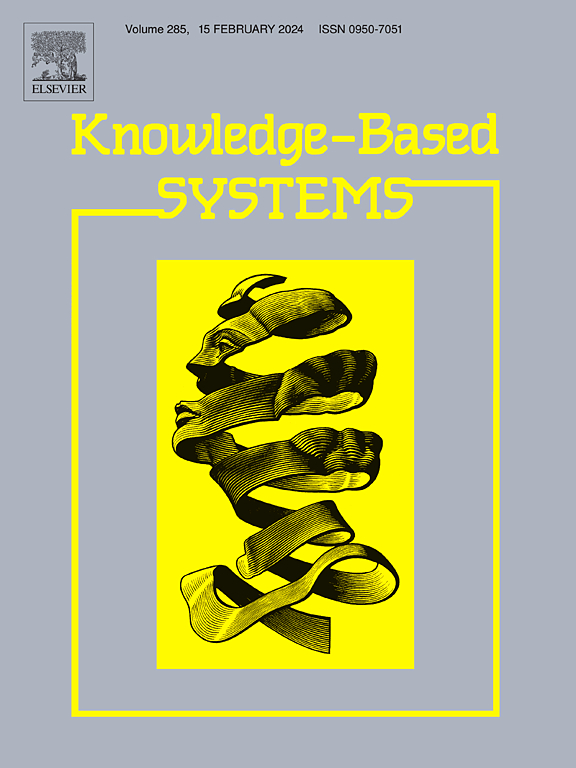Dynamic warping as a sensor reconstruction method for remaining useful life estimation
IF 7.2
1区 计算机科学
Q1 COMPUTER SCIENCE, ARTIFICIAL INTELLIGENCE
引用次数: 0
Abstract
This study proposes Dynamic Warping (DW) as a sensor reconstruction method for Remaining Useful Life (RUL) estimation. The method utilizes the DW model for sensor reconstruction, where Median Absolute Deviation measures the reconstruction error, which is expected to increase when abnormal system behavior is measured. We apply an exponential model to the reconstruction error to estimate a system’s RUL. The DW model is based on the Dynamic Time Warping algorithm applied to a non-temporal context. The concept is to preprocess sensor data into a non-temporal motion profile representing a cycle. We validate our proposed DW model with two baseline models: Singular Value Decomposition (SVD) and LSTM Autoencoder (LSTM-AE). The SVD model is applied to the non-temporal motion profile, while the LSTM-AE model is applied to the original sensor data. A case study was conducted at a semiconductor Original Equipment Manufacturer, whose dataset contained information on a bearing failure in a water-cooled direct drive rotary motor. The failure occurred due to increased friction caused by bearing wear. The valuable motion control signal found was torque applied to the shaft for the R and S phases. It was demonstrated that the proposed method is most efficient, and an alarm can be raised 11 hours before failure, after which the RUL can be estimated, which is promising for warning service engineers for this industrial application. This research shows that the DW model could predict maintenance furthest in advance while only needing a fraction of the training data.
动态翘曲作为传感器剩余使用寿命估计的重构方法
本研究提出动态翘曲(DW)作为剩余使用寿命(RUL)估计的传感器重建方法。该方法利用DW模型进行传感器重建,其中中位数绝对偏差测量重建误差,当测量到异常系统行为时,该误差预计会增加。我们采用指数模型对重构误差进行估计,以估计系统的RUL。DW模型基于应用于非时态上下文的动态时间翘曲算法。其概念是将传感器数据预处理成代表周期的非时序运动轮廓。我们用奇异值分解(SVD)和LSTM自编码器(LSTM- ae)两个基线模型验证了我们提出的DW模型。将SVD模型应用于非时间运动剖面,LSTM-AE模型应用于原始传感器数据。在一家半导体原始设备制造商进行了案例研究,其数据集包含水冷直接驱动旋转电机轴承故障的信息。故障是由于轴承磨损引起的摩擦增加而发生的。发现的有价值的运动控制信号是在R和S阶段施加到轴上的扭矩。结果表明,该方法是最有效的,可以在故障发生前11小时发出警报,并在故障发生后估计出RUL,为该工业应用的预警服务工程师提供了良好的前景。研究表明,DW模型可以在只需要一小部分训练数据的情况下,提前最远地预测维修情况。
本文章由计算机程序翻译,如有差异,请以英文原文为准。
求助全文
约1分钟内获得全文
求助全文
来源期刊

Knowledge-Based Systems
工程技术-计算机:人工智能
CiteScore
14.80
自引率
12.50%
发文量
1245
审稿时长
7.8 months
期刊介绍:
Knowledge-Based Systems, an international and interdisciplinary journal in artificial intelligence, publishes original, innovative, and creative research results in the field. It focuses on knowledge-based and other artificial intelligence techniques-based systems. The journal aims to support human prediction and decision-making through data science and computation techniques, provide a balanced coverage of theory and practical study, and encourage the development and implementation of knowledge-based intelligence models, methods, systems, and software tools. Applications in business, government, education, engineering, and healthcare are emphasized.
 求助内容:
求助内容: 应助结果提醒方式:
应助结果提醒方式:


